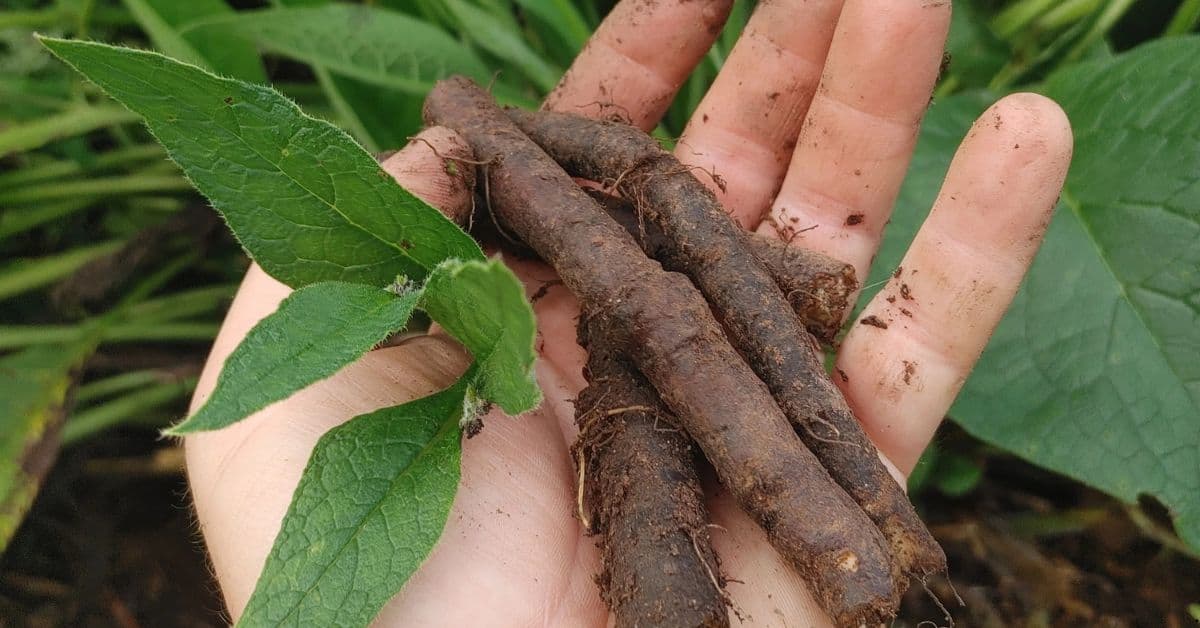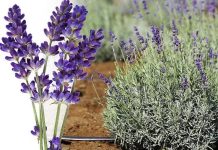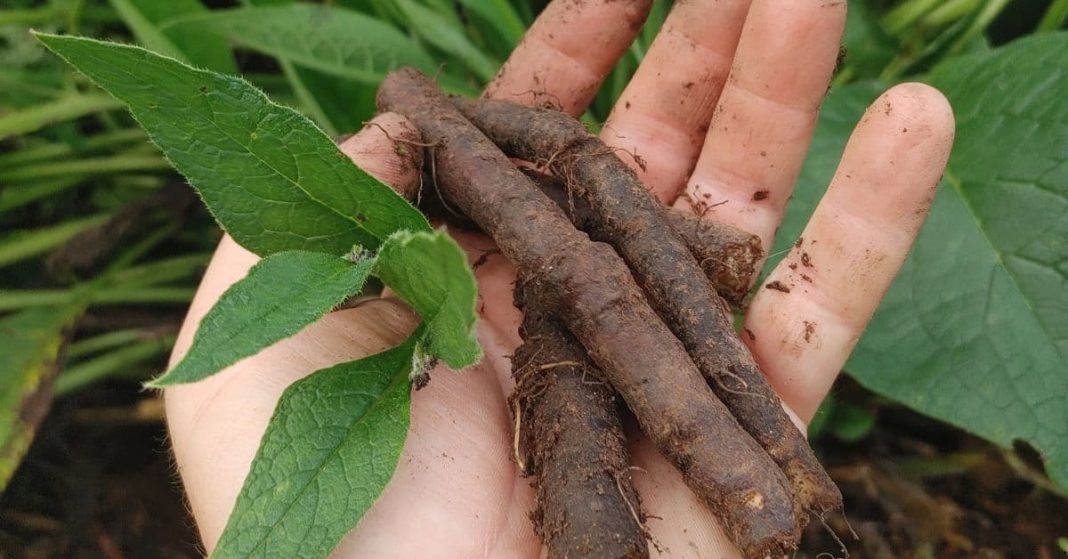Joint pain – caused by arthritis, inflammation, injury, or age—is one of the most common complaints in the Caucasus region. Long before modern medicine reached the mountains and valleys of Georgia, Armenia, and Azerbaijan, local communities relied on time-tested folk remedies to ease joint stiffness, swelling, and pain. Passed down through generations, these treatments often involve wild herbs, oils, and natural heat therapy. Even today, many elders continue to use them, claiming they offer effective relief without the side effects of pharmaceuticals.
Let’s explore the most well-known and respected traditional remedies for joint pain across the Caucasus.
1. Comfrey Root (Symphytum officinale) – Georgia

Known locally as Saqdari Fesvi, comfrey is used widely in rural Georgian villages. The root is crushed and mixed with homemade lard or beeswax to make a thick ointment. This ointment is applied warm to swollen joints and then wrapped in wool or cloth to keep in the heat.
Why it works: Comfrey contains allantoin, a compound that encourages tissue regeneration and reduces inflammation. Scientific studies have confirmed its topical use can reduce osteoarthritis pain and swelling.
Usage tip: Do not ingest comfrey—only external use is considered safe.
2. Hot Ash Wraps with Salt and Rye Flour – Armenia
In the Armenian highlands, a traditional remedy for knee and elbow pain involves mixing heated salt with ground rye flour and ashes from burnt grapevines. This paste is placed on a piece of cloth and applied to the joint while still warm, then wrapped tightly for a few hours.
Why it works: This folk method combines deep heat therapy with mineral-rich ingredients. The salt draws out excess fluid from the joint, reducing swelling, while the heat soothes stiffness.
3. Chestnut Tincture – Azerbaijan
Horse chestnut (At kestanesi) is used widely in Azerbaijan to treat varicose veins and joint pain. Whole chestnuts are chopped and soaked in vodka or strong alcohol for at least 2 weeks. The resulting liquid is used to massage aching knees and shoulders.
Why it works: Horse chestnut contains aescin, a compound that reduces inflammation and improves circulation, both helpful for joint discomfort.
Warning: Horse chestnut must be properly prepared to avoid toxicity—use externally only unless processed by a qualified herbalist.
4. Bee Venom Therapy – Georgia
In the mountainous Tusheti and Svaneti regions, some elders still practice bee sting therapy (აფთიაქარი ფუტკარი – aphtiakari futkari). Small, controlled bee stings are applied near painful joints, usually during summer when bees are active.
Why it works: Bee venom contains melittin, which has powerful anti-inflammatory effects. Though this therapy is controversial, it’s been studied for rheumatoid arthritis with some promising results.
Caution: This treatment is not suitable for those with allergies to bee stings.
5. Warm Potato Poultice – Caucasus-Wide
A humble but effective home remedy across all three countries involves mashed, boiled potatoes. Still warm (not hot enough to burn), the mash is placed on a cloth and wrapped around sore knees or hands. It is left for about an hour, sometimes overnight.
Why it works: Potatoes retain heat for a long time and draw moisture from inflamed tissue. They’re also rich in potassium and vitamin C, which can help reduce swelling.
6. Red Wine and Garlic Compress – Georgia
An old Kakhetian remedy involves soaking crushed garlic in warmed red wine and using this as a compress on the affected area. It’s wrapped in cloth and often paired with a herbal tea made from dried wild thyme or mint to reduce internal inflammation.
Why it works: Garlic is a natural anti-inflammatory, and wine helps extract its medicinal compounds while providing warmth and circulation benefits.
7. Sulfur Springs and Mineral Baths – Armenia and Georgia
Many people in the Caucasus visit Borjomi, Tskaltubo (Georgia), or Jermuk (Armenia) for mineral water treatments. Hot sulfur springs are believed to reduce arthritis symptoms when bathed in regularly.
Why it works: Sulfur helps the body produce collagen and reduce inflammation, essential for joint health. These therapeutic waters have been used since ancient times.
Bonus: Diet for Joint Health in Folk Tradition
Many Caucasus folk remedies stress the importance of what you eat:
Bone broth (prepared from lamb or beef joints) is considered a natural way to strengthen your own joints.
Fermented dairy products like matsoni or tan are consumed daily to support digestion and immunity, which folk beliefs often link to overall health.













